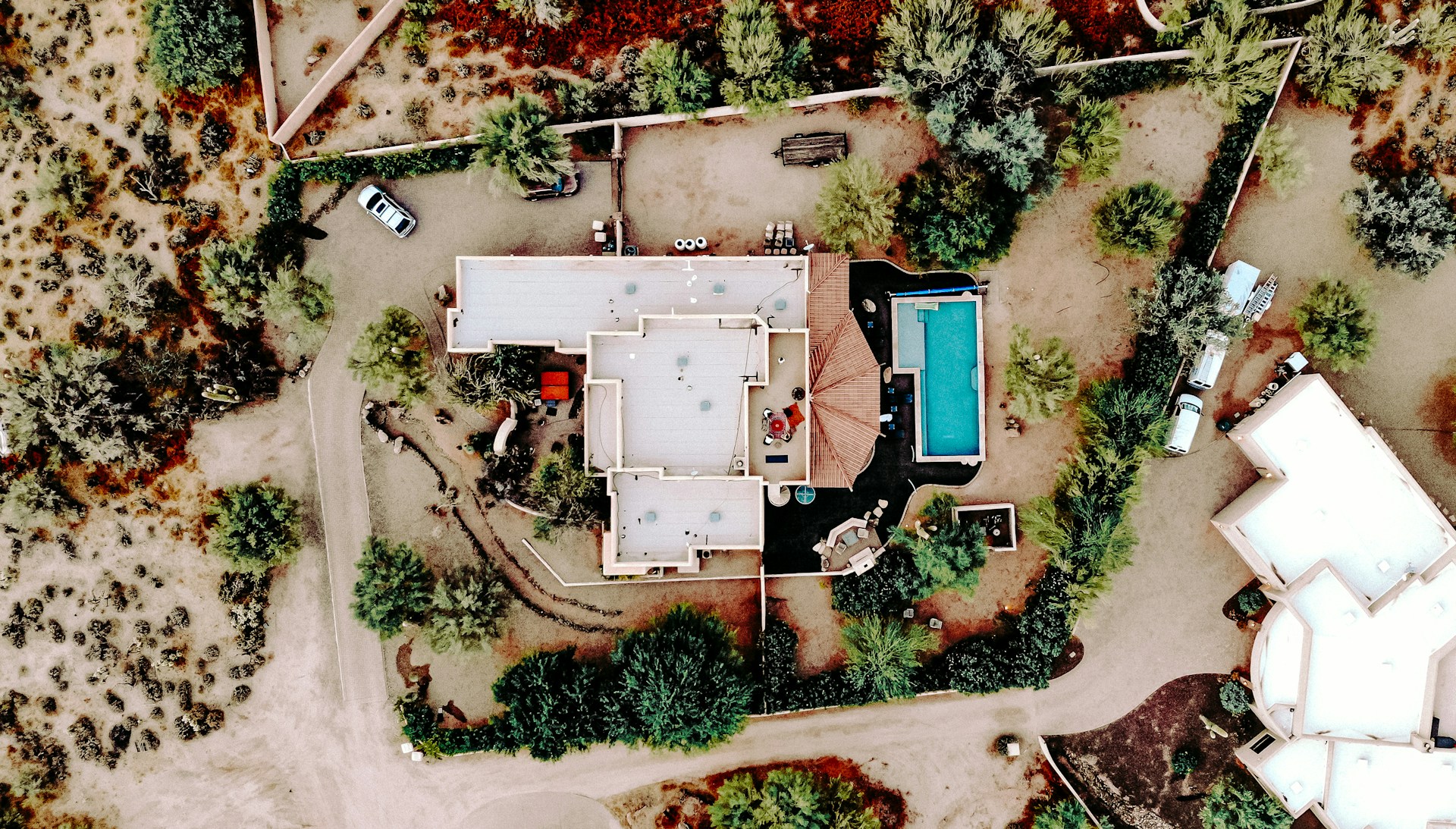Arizona Real Estate: These Are the Latest Market Statistics and Trends
The Arizona real estate landscape is constantly evolving, highlighted by a striking blend of emerging trends and enduring patterns that will interest homebuyers.
When you search for new home builders in Surprise AZ, for example, you will see a plethora of attractive and affordable housing options. While assessing the viability of these properties as your future home, it is well worth taking a look at what the latest trends and statistics are telling you about what the Arizona real estate market is up to right now.
These statistics reveal a market that is adapting to both local and national economic shifts, technological advancements, and changes in homebuyer preferences. Here’s an overview of the current state of Arizona’s real estate market, and the key trends shaping the housing scene.
Market Overview
Arizona’s real estate market has historically been a bellwether for national trends. This is due to its unique blend of urban expansion, scenic landscapes, and a climate that appeals to a diverse demographic.
In 2024, the market shows clear signs of stabilization after the tumultuous periods marked by the pandemic and subsequent economic fluctuations.
Housing Prices
As of the latest data, the median home price in Arizona has seen a moderate increase, indicating a more stable market environment. Prices have risen by approximately 5% from the previous year.
This increase is a slowdown from the double-digit growth seen in previous years, but is a reflection of a market that is becoming more accessible to first-time homebuyers and those looking for investment properties.
Inventory Levels
One of the critical challenges facing the Arizona real estate market has been inventory levels. However, recent months have shown a promising uptick in new listings. This increase in available properties has provided much-needed relief to a market that has been tight for several years.
This increase in inventory is partly due to new construction projects finally coming to fruition and homeowners deciding to sell, encouraged by the stabilization of prices.
Urban vs. Rural Dynamics
The urban centers of Phoenix, Tucson, and Mesa continue to be hotspots for real estate activity, driven by job growth, infrastructure improvements, and a vibrant cultural scene.
However, there’s also a noticeable trend of homebuyers looking towards rural and suburban areas. These buyers are seeking more space, privacy, and a connection to nature.
This shift has led to a more balanced growth across the state, with smaller towns and communities experiencing a renaissance in real estate interest.
Investment and Rental Markets
Arizona’s rental market remains strong, fueled by a steady influx of residents and a robust job market. Rental prices have increased, reflecting the high demand for housing, particularly in urban areas.
This trend makes Arizona an attractive destination for real estate investors, who see potential in both long-term rentals and vacation properties, especially given Arizona’s status as a year-round destination for tourists and seasonal residents.
Future Outlook
Looking ahead, the Arizona real estate market appears poised for sustained growth, albeit at a more measured pace than in recent years. Factors such as continued interest from out-of-state buyers, the expansion of tech and manufacturing industries in the state, and a focus on sustainable development are expected to drive the market forward.
The Arizona real estate market in 2024 offers a more stable pricing environment, increased inventory, and a shift towards balanced urban and rural development. This means that the market offers opportunities for buyers, sellers, and investors alike.
The signs are positive that the Arizona real estate market remains a dynamic and vital component of the state’s overall prosperity.

